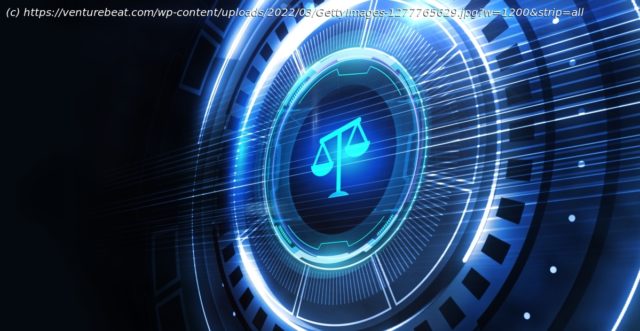Using a “Pile of Law» dataset, Stanford researchers explore filtering private or toxic content from training data for foundation models.
Foundation models are often trained on what is essentially the entire internet. By learning from such a vast dataset, they can impressively memorize and reproduce information that we want them to learn. For example, they might learn to accurately answer factual questions such as “Who is the president of the United States?”
At the same time, however, foundation models can memorize and reproduce information that could be harmful. For example, they might disclose people’s Social Security numbers, credit card information, or criminal records, or answer questions about Muslims by suggesting they are terrorists.
These are problems that the creators of foundation models need to fix, says Peter Henderson, a JD/Ph.D. student at Stanford: “We don’t want models to associate people with either their private content or with harmful characteristics.”
To avoid such consequences, the creators of foundation models sometimes try to filter out private or toxic content before using a dataset to train a model. But trying to remove all — or even most — of the private or toxic content from the entirety of the internet is extremely challenging. One reason: Context matters. Privacy expectations differ across cultures and even across time. And deciding if a phrase is toxic might depend on who is speaking, why they are using a particular phrase, and the expectations of the readers. In sum: It’s a balancing act, and different researchers apply different standards.
“We wondered if there was a more principled way to filter pretraining data,” Henderson says. He and his colleagues, including Mark Krass, also a JD/PhD student, had an idea: Look to the law. There’s a long history of courts setting standards for information disclosure, so why not import those standards into the machine learning (ML) environment?
To test their idea, Henderson and his colleagues assembled Pile of Law, a vast dataset of court and administrative opinions, legal code, case books, and other legal documents. They then explored whether Pile of Law could help identify a principled way to filter pretraining data with a particular focus on privacy and toxicity.
Домой
United States
USA — software Borrowing from the law to filter training data for foundation models






